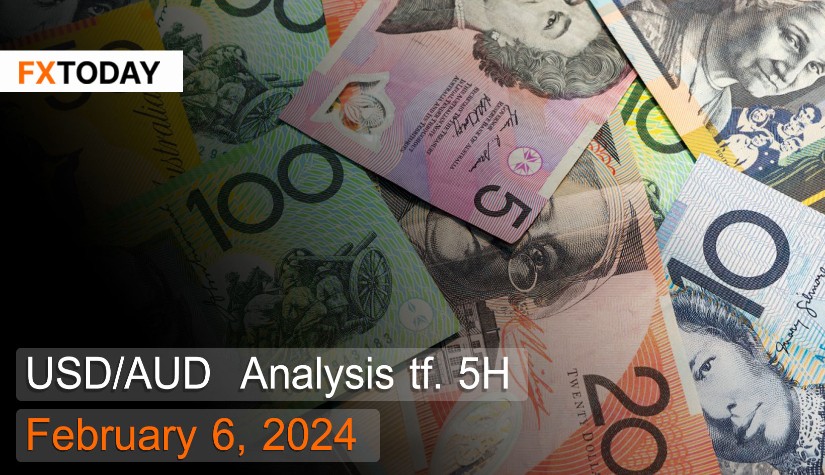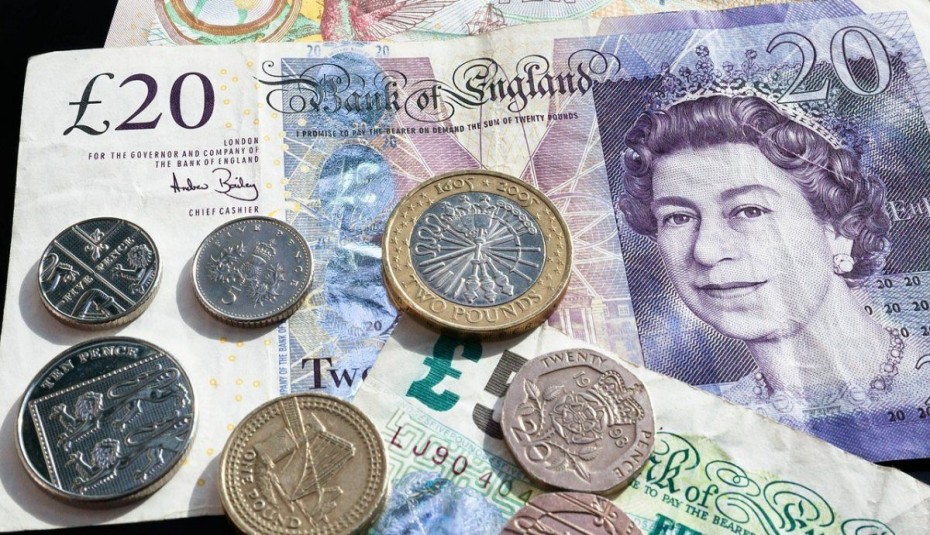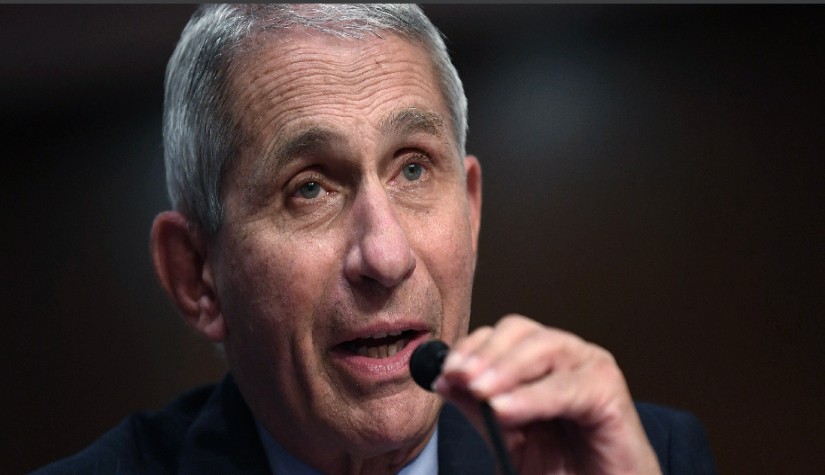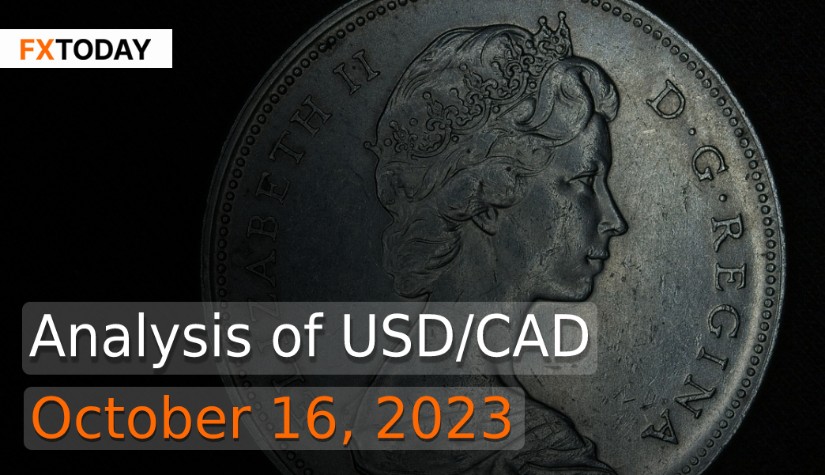Australia's Inflation Rate has significantly decreased.
The Australian dollar has weakened to around 1.54 Australian dollars per US dollar due to continuously decreasing interest rates, which have started to instill confidence in investors and boost economic confidence in the country. However, the robust economic data from the United States continues to exert pressure on other currencies as well.
Australia's inflation rate stands at 4.1% annually in the fourth quarter of 2023, down from 5.4% in the third quarter and below market expectations of 4.3%. This is attributed to a decrease in the inflation rate of goods for consecutive quarters and a slowdown in the inflation rate of services in the second consecutive quarter, leading to a delayed increase in food prices. Additionally, alcoholic beverages and tobacco prices increased by more than 6.6%, up from 4.9% in the previous quarter.
Although the monthly inflation rate has slowed to 3.4% in December from 4.3% in November, the Reserve Bank of Australia (RBA) is still uncertain when inflation will return to the target range of 2-3%. There are forecasts that inflation will decrease within the 2-3% target range by early 2025.
The value of new home loans in Australia fell by 5.6% annually to 16.77.86 billion Australian dollars in December, due to a 0.5% decrease in residential construction. Existing home purchases decreased significantly by 6.6%, indicating household tightening from interest rate hikes in the past year.
Australia's Producer Price Index increased by 0.9% quarterly in the fourth quarter of 2023, slowing from a 1.8% increase in the third quarter due to high crude oil and energy prices. This has overall economic implications. Additionally, construction costs increased due to higher raw material prices and skilled labor shortages, leading to increased project costs to mitigate long-term risks.
The yield on Australia's 10-year government bonds increased to approximately 4.1%, following the strong economic data from the United States and signals of a possible interest rate hike from the US Federal Reserve. The RBA has warned of potential additional interest rate hikes due to persistently high inflation rates.
Techical analysis data (5H)
Resistance: 1.5422, 1.544, 1.5465
Source: Investing.com
Buy/Long 1: If the price touches support in the price range of 1.5352 - 1.5378 but cannot break the support at 1.5378, you may set a TP at approximately 1.544 and SL at around 1.5334 or according to your acceptable risk.
Buy/Long 2: If the price breaks the resistance in the price range of 1.5422 - 1.544, you may set a TP at approximately 1.5465 and SL at around 1.5352 or according to your acceptable risk.
Sell/Short 1: If the price touches resistance in the price range of 1.5422 - 1.544 but cannot break the resistance at 1.5422, you may set a TP at approximately 1.5352 and SL at around 1.5465 or according to your acceptable risk.
Sell/Short 2: If the price breaks the support in the price range of 1.5352 - 1.5378, you may set a TP at approximately 1.5334 and SL at around 1.544 or according to your acceptable risk.
Pivot point February 6, 2024 10:10 PM. GMT+7
|
Name
|
S3
|
S2
|
S1
|
Pivot Points
|
R1
|
R2
|
R3
|
| Classic | 1.5334 | 1.5352 | 1.5378 | 1.5396 | 1.5422 | 1.544 | 1.5465 |
| Fibonacci | 1.5352 | 1.5369 | 1.5379 | 1.5396 | 1.5413 | 1.5423 | 1.544 |
| Camarilla | 1.5393 | 1.5397 | 1.5401 | 1.5396 | 1.5409 | 1.5413 | 1.5417 |
| Woodie's | 1.534 | 1.5355 | 1.5384 | 1.5399 | 1.5428 | 1.5443 | 1.5471 |
| DeMark's | - | - | 1.5388 | 1.5401 | 1.5432 | - | - |
















